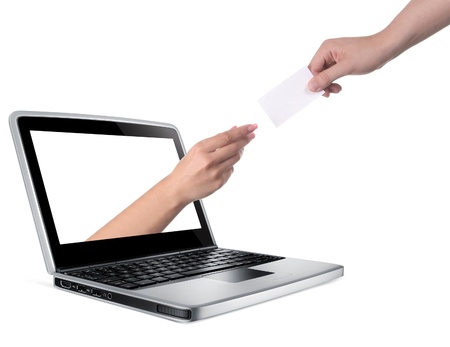When You Receive a Message Intended for Someone Else

People report that when they receive a message intended for someone else their first response is to delete it. However, the mannerly rule when receiving messages is to respond, regardless.
When we’re young we learn that if something isn’t ours, and we have it, we give it back. This rule also applies when a message is received, and it wasn’t yours to get.
An Appropriate Response
As with all rules, there is an exception to the above statements. When you receive a message from an individual whom you do not know within an unfamiliar context, it is probably spam. In some cases, spam can be problematic, so it is best to not open any attachments or click any links that may have come with it and delete the message immediately.
If you are the single recipient of a message, and you know the person, reply quickly, as the message may be time sensitive.
“John, I’m sure this is meant for someone else. I hope getting it back to you soon helps in the process.”
If there is more than one person who received the message in error, “reply all” with your response.
“John and All, please remove me from this communication string, as my name was included by mistake.” If one of the people on the string happens to not have noticed your message or forgets to take it out, reply to all again and repeat your requests not to be included.
It is not uncommon to receive a message that is clearly meant for someone else, especially if you work with a person who has a similar name or email address. When this happens, respond as indicated above in a timely way. But also know that you face an added responsibility. The urge to gossip about it or forward the message is absolutely not appropriate.
If it is crystal clear that the message was intended for a particular person or persons and does not contain confidential information, forward the email to those persons, and copy the original sender.
“Marie and Sally, I’m sure John meant to send this to you as you are in charge of the upcoming office dinner. John, please correct me if I am in error.”
If the Wrong People Receive a Message from You
A worst-case scenario: you sent an off-the-cuff message and it contained words that were not sensitive, kind, accurate or private.
These are face-saving moments because you must say something. It’s practically impossible to meet one on one to explain or apologize, or persuade others that you don’t really mean what you have said or implied. You may need to make amends.
- Stop what you are doing and think through what you need to say. Do not send until you have composed what is necessary.
- Be direct. Be brief. Correct errors you made. Make no excuses.
- Be clear and generous on the apology. Using adverbs like “extremely”, “sincerely”, or “absolutely”, help you convey sincerity.
- Talking too much leaves the impression that you aren’t telling the truth, so avoid warm up sentences or lengthy closings.
If a person who received a message in error asks you to discuss the content of the actual message, decline. “Jim, I am just so sorry that I erred as I did. Please accept my apology.”
We live within a world of relationships. Much of our communication is digital, though it’s always a great tip to imagine ourselves being face-to-face. Forgiveness for the mistakes of others by imagining what it is like to be in their shoes, can go a long way. “Kristen, seriously don’t worry about this. I’ve made this kind of mistake myself. Like you, I was horrified.”
A Final Note
Always check the recipient list carefully before sending any message. Be wary! Our devices are built to assist us and too often they seem to read our minds—incorrectly.














